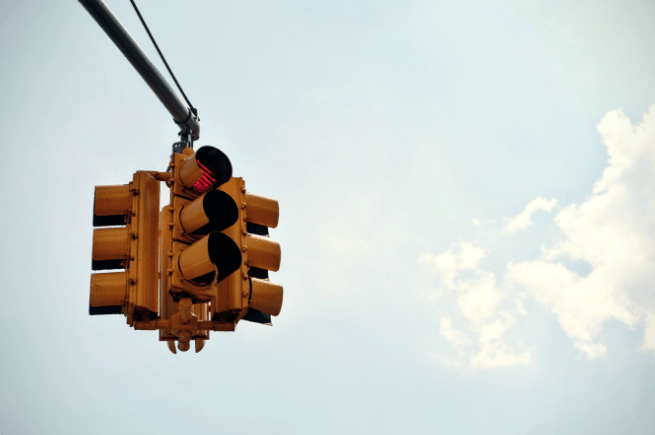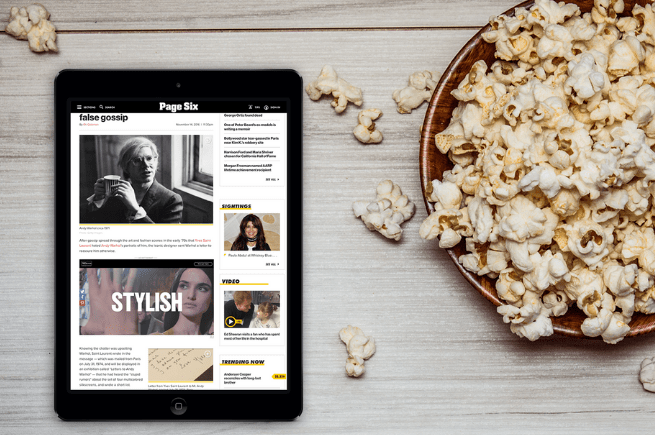O is for Outstream
For the next in the A-Z of adtech series, our Demand BD Executive, Luca Bozzo, looks at the wonderful world of outstream, where we began, how it’s being used, and what the future holds for this format.
From humble beginnings to the fastest growing video format
Outstream as a format has achieved its original, necessary purpose: open up significantly more video supply and do it at a lower price point.
Publishers couldn’t create enough video content to keep up with the seismic spend shift to video, and demand for the burgeoning channel made CPMs balloon. Outstream solved both issues at once by opening up net new inventory while keeping CPMs low, and it’s skyrocketed since.
It’s only natural that traders, platforms, and publishers all took note. According to the IAB, outstream is now the fastest growing video format, but with increased interest in the format and with the typical “MADtech” craziness, comes lots of confusion around what it actually means. The typical view is that outstream is less premium than in-stream (pre-/mid-/post-roll).
The various flavours of this format only add to the noise. The IAB’s Video Advertising Glossary defines outstream as “taking place outside of in-stream video content.” Definitions based in not statements are never clear and as a result four of the five possible video placements in oRTB v2.5 fall under the umbrella of “outstream.”
Based on the above definition, two key issues arise here:
1) When is outstream good and when is it not?
2) How do we instil confidence in a format that’s not seen in the best light?
Outstream done wrong

In today’s environment, not all outstream is created equal but is treated equally.
How many times have you hit an article and had a video start playing with sound on full blast, but not actually be on the screen? After frantically finding it, there’s no way to close or even mute it! That type of experience is wrong and gives the format as a whole a bad rep. For more on, and to find out how we’re tackling it check out our article on HAVOC.
Other types of bad outstream include units that play below an article’s related section but bill off a CPM. This is detrimental to advertisers, especially when users’ median scroll depth on a typical article is 60% of the total content.
Some variations of outstream aren’t as bad, but just can’t be effectively communicated right now. Most advertisers wouldn’t intentionally buy these experiences – they’re arguably part of the declaration fraud problem as reported by AdExchanger – but perhaps some might.
Ultimately, outstream should look like the golden rule in action – give users the experience you’d want on the web. At Unruly, we pride ourselves on delivering polite formats. Our flagship in-article unit initiates once it comes into view (the industry standard billing event for outstream), our ads have sound-off by default and are skippable! And that’s all on ultra premium supply – 90% of our views get delivered on comScore 1000 sites.
Embodying the golden rule starts with communication. When there’s no way to differentiate between good and bad outstream experiences, it’s all lumped together and will obviously not be positive.
Outstream done right

It can produce staggering impacts across performance, consumer attitudes and engagement, and buyer targeting. Good outstream is arguably more valuable than good in-stream, and definitely more valuable than bad in-stream.
In-article videos that are high up on a premium publisher’s page can drive a 23% higher viewability than in-stream with 25% lower IVT rates, according to eMarketer.
Polite outstream ups brand favorability. While in-stream today resembles a second form of “rewarded” video (only the prize isn’t coins in Simcity but the Kardashian video you wanted to watch in the first place), good outstream is 4x less likely to be deemed “extremely intrusive” and increases purchase intent by 50%.
Lastly, outstream opens up new targeting opportunities since it can run anywhere. Brands can reach their key consumers when and where it makes sense to do so. Outstream also drastically increases touchpoints – we saw a 4.8x uplift in views on campaigns targeting in-stream when they added in-article.
What does the future hold?

Given the many forms, outstream can take and how drastic these differences can be, it’s imperative that buyers know what they’re actually buying. New signals in bid requests are a great first step but are behind (remember that video.placement was included in January 2017 with oRTB v2.5 – not that long ago).
Accurately communicating variables like start and end pixel sizes, the unit’s depth into an article, video skippability, whether the placement type changes during the experience, etc. will build buyer confidence and help publishers feel better about using this powerful format.
From a transparency perspective, more communication naturally creates more trust. Because buyers will better understand what outstream they want, they can actively pursue it. That will inadvertently shift spend to positive experiences and force poorer quality inventory to adapt or die. And when outstream auctions fully move to the header and all major SSPs are competing for every impression, the platforms that can communicate clearest will succeed.
